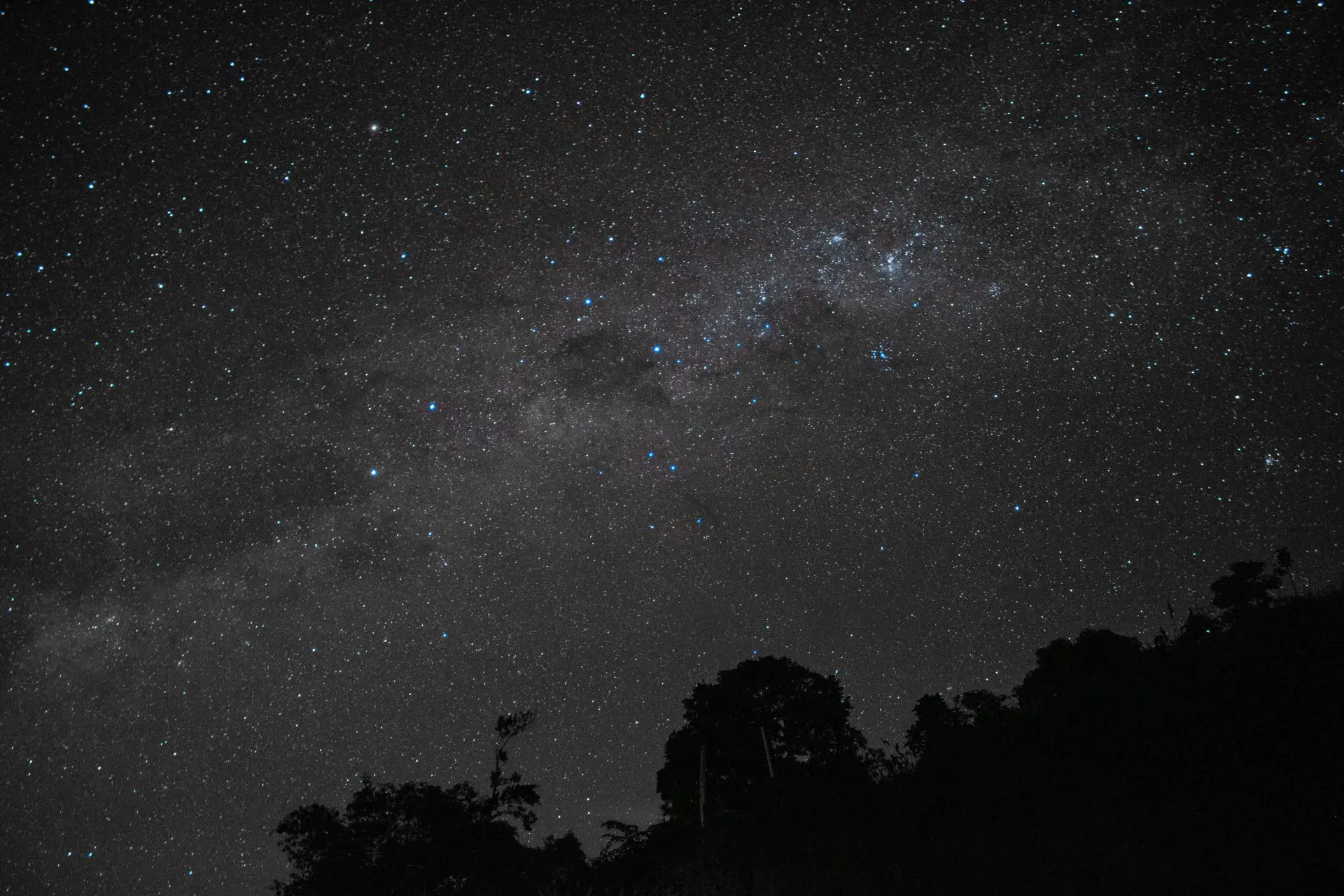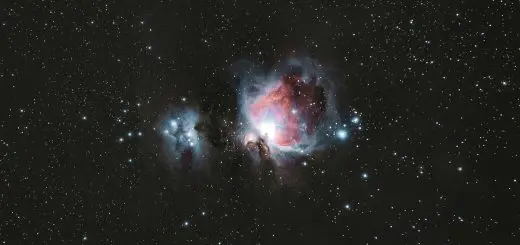Ki: Earth Goddess and Consort of Anu

Looking for more amazing products? Check out our online store and explore our collection here! Happy shopping!
Before diving in, please note: This post is for informational purposes only. If you’d like to know more about how we approach topics, feel free to check out our friendly Disclaimer Page.
Hey there, amazing readers! 
We’re committed to delivering quality posts, and your support (even just sticking around despite the ads) means everything to us. So, bear with us, and thanks for helping us keep the good vibes rolling. Now, on to the fun stuff!
TRANSLATE BUTTON AT THE END OF THE ARTICLE
Overview
Ki, also known as Ninhursag, was the Earth Goddess in ancient Mesopotamian mythology.
She held a prominent position in the pantheon and was revered as the consort of Anu, the King of the Gods.
In this article, we will explore the origins and mythology of Ki, her role in Mesopotamian cosmology, her symbolism and attributes, her relationship with Anu, her influence on nature and agriculture, worship and rituals devoted to her, her representation in art and iconography, and her lasting legacy in Mesopotamian beliefs.
We will also discuss how Ki has experienced a resurgence in modern interpretations.
The Origins and Mythology of Ki
Ki’s origins can be traced back to ancient Sumerian mythology, where she was known as Ninhursag.
She is believed to have been one of the earliest deities worshipped in Mesopotamia.
According to the myths, Ki was born from the union of An, the God of the Sky, and Ki, the Goddess of the Earth.
She was revered as the mother goddess, responsible for giving birth to all living beings and nurturing the earth.
In Sumerian mythology, Ki was often associated with fertility and abundance.
She was believed to control the growth of plants, allowing crops to flourish and ensuring the prosperity of the land.
As the Earth Goddess, she played a crucial role in sustaining life and maintaining the balance of the natural world.
Ki: A Powerful and Revered Deity
Ki was considered one of the most powerful deities in the Mesopotamian pantheon.
She held immense influence over the earth and its inhabitants.
As the mother goddess, she was seen as a nurturer, providing sustenance and protection to all living beings.
Her power extended beyond the physical realm, as she was also believed to have control over fate and destiny.
The people of Mesopotamia held Ki in high regard and offered prayers and sacrifices to gain her favor.
They believed that by appeasing Ki, they could ensure a bountiful harvest, good health, and protection from evil.
Ki was also revered as a benevolent deity who would intercede on behalf of her worshippers and grant their wishes.
Ki’s Role in Mesopotamian Cosmology
In Mesopotamian cosmology, Ki played a central role in the creation of the universe.
According to the mythology, An and Ki, the God of the Sky and the Goddess of the Earth respectively, were the first divine couple.
They were responsible for bringing order to the chaotic cosmos and establishing the foundations of the world.
Ki’s role as the Earth Goddess involved maintaining the equilibrium between heaven and earth.
She provided a solid foundation for the celestial realms and supported the existence of all life.
Without her presence, the gods and mortals would not be able to thrive in the physical world.
The Symbolism and Attributes of Ki
Ki was often symbolized as a fertile field or a pregnant woman, representing her role as the giver of life and abundance.
She was associated with the colors green and brown, which represented the earth and its vegetation.
Ki was also depicted wearing a horned crown, signifying her authority and connection to the divine.
Her attributes included a staff, a symbol of her power and authority over the earth, and she often held a vessel filled with water, representing her role in nurturing the land.
Ki was also associated with the serpent, a symbol of fertility and regeneration, further emphasizing her connection to the cycles of nature.
Ki’s Relationship with Anu, King of the Gods
Ki’s most significant relationship was with Anu, the King of the Gods and the God of the Sky.
They were believed to be divine counterparts, representing the union of heaven and earth.
Together, they formed the basis of creation and were responsible for the harmony and balance of the cosmos.
As Anu’s consort, Ki held a position of authority and power.
She was considered the queen of the gods and played an essential role in the divine hierarchy.
Their union symbolized the harmonious relationship between the gods and the earth, ensuring the prosperity and well-being of all.
Ki’s Influence on Nature and Agriculture
Ki’s influence on nature and agriculture was of utmost importance to the people of Mesopotamia.
They believed that she controlled the growth of plants, the fertility of the soil, and the abundance of crops.
Farmers would offer prayers and sacrifices to Ki, seeking her blessings and ensuring a bountiful harvest.
The concept of Ki’s influence on agriculture extended beyond mere cultivation.
She was also believed to protect the land from droughts, floods, and other natural disasters.
The people recognized her as the guardian of the earth, responsible for maintaining its fertility and ensuring the well-being of all living beings.
Ki: Protector of the Earth and its Inhabitants
Ki was regarded as the protector of the earth and its inhabitants.
She was believed to have the power to ward off evil spirits and protect against harm.
The people would invoke her name in times of danger or sickness, seeking her intercession and divine protection.
Furthermore, Ki was associated with healing and medicine.
She was revered as the divine physician, capable of curing ailments and restoring health.
Temples dedicated to her were often centers of healing, where people would come to seek her blessings and receive treatment.
Worship and Rituals Devoted to Ki
Worship of Ki involved various rituals and ceremonies dedicated to appeasing the goddess and seeking her favor.
Offerings of food, drink, and incense were made at temples dedicated to her.
These offerings were believed to sustain Ki and ensure her continued blessings.
Special festivals were also held in honor of Ki, where the community would gather to celebrate and express their gratitude.
These festivals often involved music, dance, and feasting, creating a joyful atmosphere.
The people believed that by participating in these festivities, they would strengthen their connection with Ki and ensure her continued protection and favor.
Ki in Art and Iconography
The imagery of Ki can be found in various forms of Mesopotamian art and iconography.
She was often depicted standing on a lion or in the company of other deities, emphasizing her power and authority.
Ki’s symbols, such as the staff and the vessel, were also prominently featured in artworks.
Additionally, Ki’s role as the Earth Goddess was represented through sculptures and reliefs depicting her nurturing and caring for plants and animals.
These artistic representations served as a reminder of her vital role in sustaining life and the importance of honoring and respecting the earth.
The Legacy of Ki in Mesopotamian Beliefs
Ki’s legacy in Mesopotamian beliefs is profound and enduring.
Her role as the Earth Goddess and protector of the land influenced the religious and social practices of the ancient Mesopotamians.
She was a central figure in their cosmology and played a crucial role in shaping their understanding of the world.
Even though the worship of Ki and the Mesopotamian pantheon declined with the rise of other civilizations, her influence can still be felt today.
Many aspects of Mesopotamian beliefs and rituals have been preserved in various forms, allowing us to appreciate and learn from the wisdom and reverence the ancient people held for Ki and the earth.
Ki: Resurgence in Modern Interpretations
In recent years, there has been a resurgence of interest in ancient Mesopotamian mythology, including the worship of Ki.
Modern interpretations of Ki’s role and significance have emerged, drawing inspiration from the ancient texts and artifacts.
Contemporary pagan and neo-pagan religious movements have incorporated Ki into their pantheons, recognizing her as a powerful and nurturing deity.
Some individuals also draw inspiration from Ki’s connection to nature and the earth, promoting environmental awareness and advocating for sustainable practices.
As our understanding of ancient Mesopotamian beliefs continues to grow, so does our appreciation for the Earth Goddess Ki.
Her enduring legacy serves as a reminder of the sacredness of the earth and our responsibility to protect and nurture it for future generations.

The Enlightenment Journey is a remarkable collection of writings authored by a distinguished group of experts in the fields of spirituality, new age, and esoteric knowledge.
This anthology features a diverse assembly of well-experienced authors who bring their profound insights and credible perspectives to the forefront.
Each contributor possesses a wealth of knowledge and wisdom, making them authorities in their respective domains.
Together, they offer readers a transformative journey into the realms of spiritual growth, self-discovery, and esoteric enlightenment.
The Enlightenment Journey is a testament to the collective expertise of these luminaries, providing readers with a rich tapestry of ideas and information to illuminate their spiritual path.
Our Diverse Expertise
While our primary focus is on spirituality and esotericism, we are equally passionate about exploring a wide range of other topics and niches 

To ensure we provide the most accurate and valuable insights, we collaborate with trusted experts in their respective domains 
Our blog originally focused on spirituality and metaphysics, but we’ve since expanded to cover a wide range of niches. Don’t worry—we continue to publish a lot of articles on spirituality! Frequently visit our blog to explore our diverse content and stay tuned for more insightful reads.
Hey there, amazing reader! 
Check out our store here and take a peek at some of our featured products below! Thanks for being awesome!












